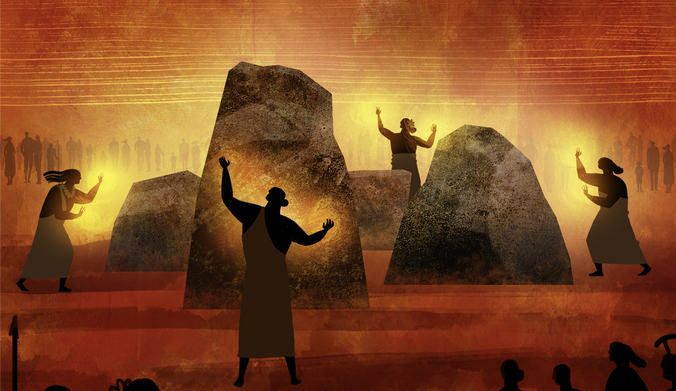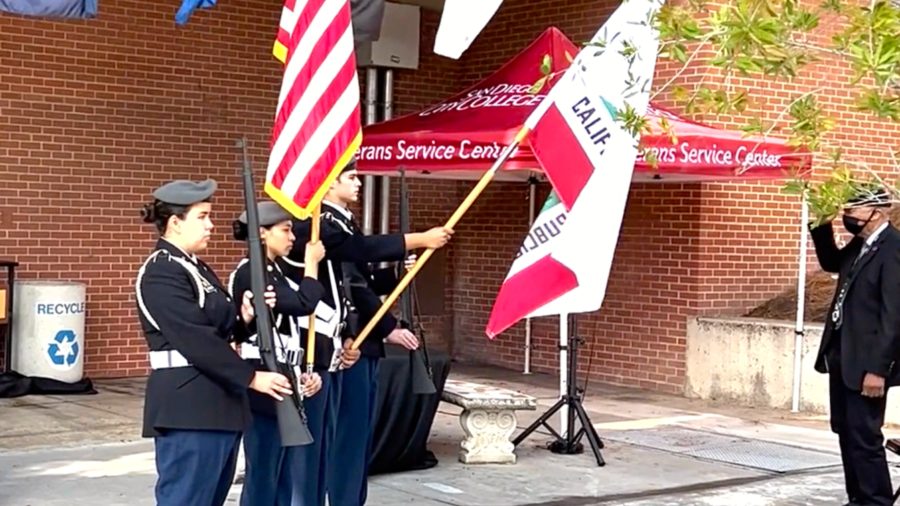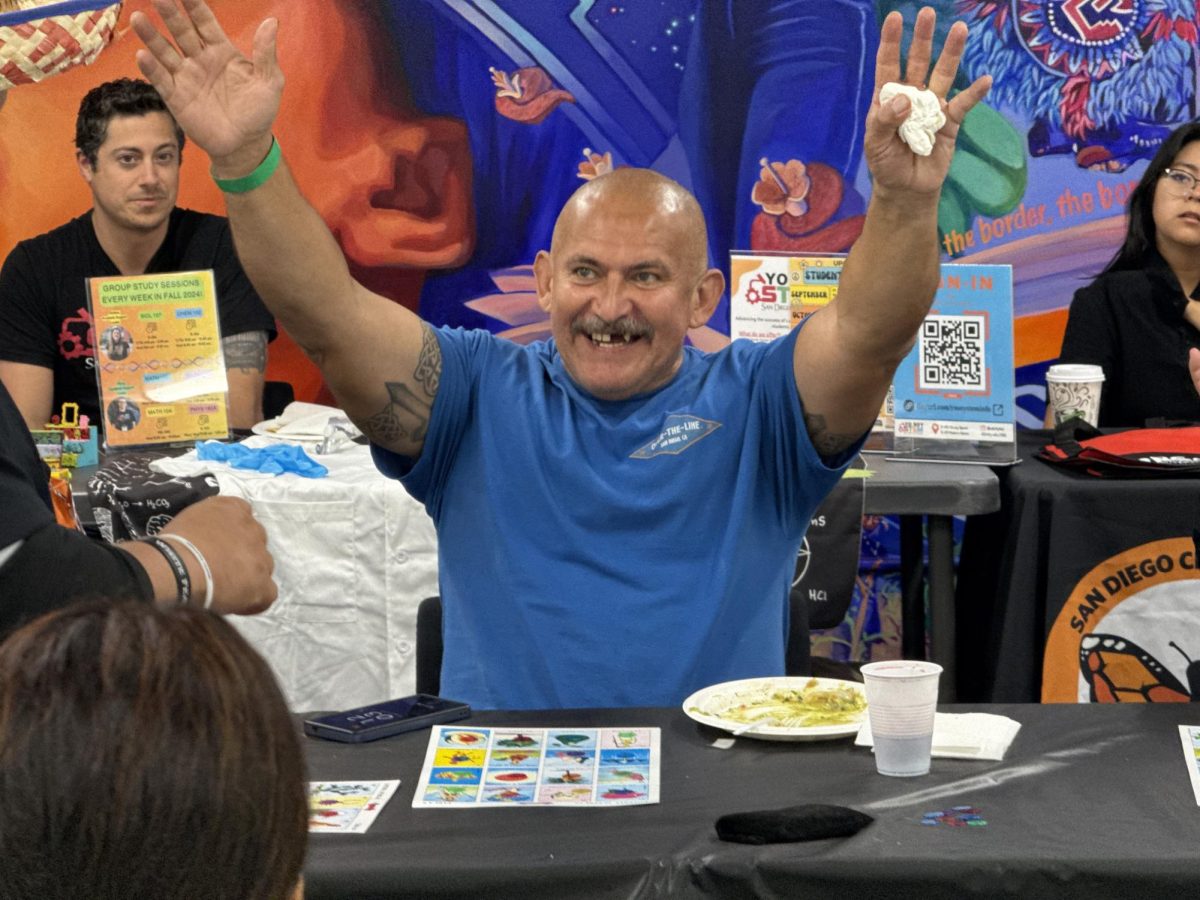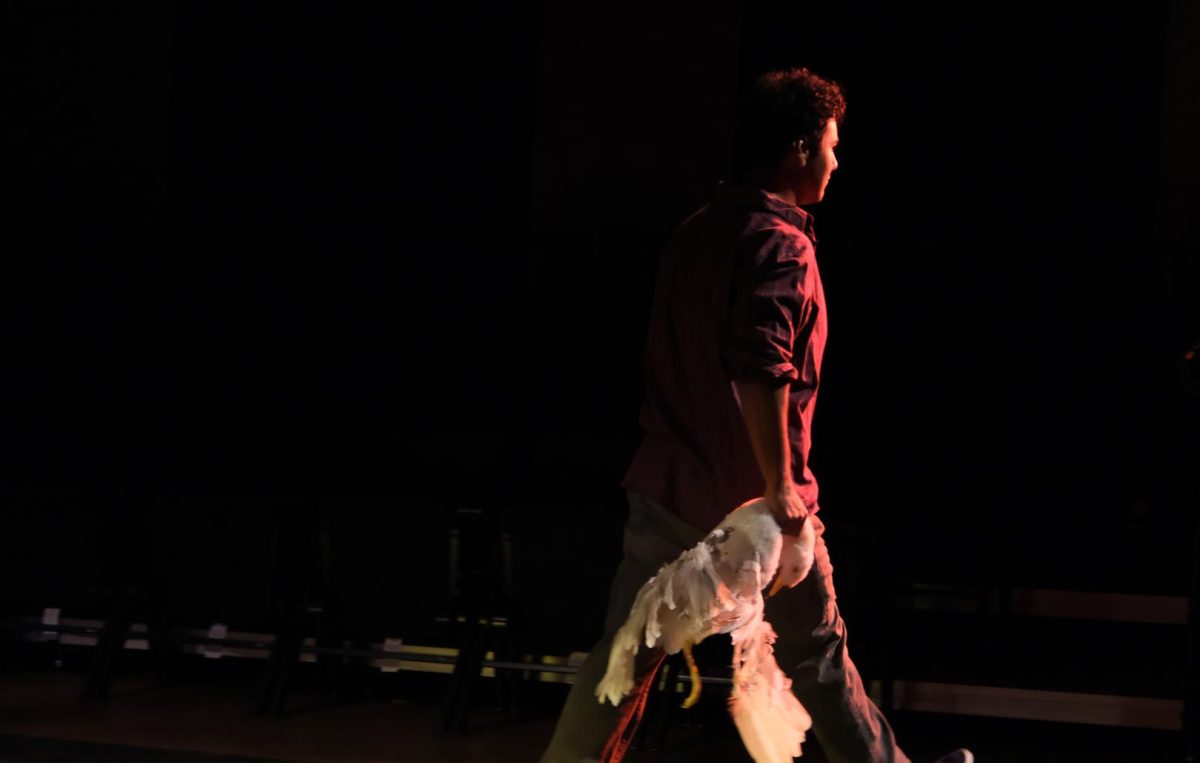To understand Hawaiian culture, viewing some of the hidden stories from its history is necessary.
Your first thoughts might be hula dancing, surfing and tiki torches, just surface-level information commercialized to the financial benefit of American tourism.
“The Healer Stones of Kapaemahu” is a documentary about Hawaiian culture and the forgotten stories of the Mahu who shared their wisdom with the people of Waikiki.
Untold stories passed through generations of Hawaiians shed new information on their culture as well as the backlash and discrimination many faced after Hawaii fell under American occupation.
Misrepresentations of Hawaiian culture, along with misinterpretation of the Hawaiian language, led to assumptions that Mahu means gay.
This wrong interpretation of the word has spiraled into terrible acts and prejudice to Hawaiians who embraced their culture freely.
In celebration of Asian Pacific Island Heritage Month San Diego City College is showing this documentary in the P-200 parking lot Wednesday, May 8 at 5:30 p.m. To learn more, visit the City College website and go to the calendar of events.
“The Healer Stones of Kapaemahu” uses animation to tell the story of Hawaiian culture. The animation highlights the history behind the stories by using an art style to mimic cave paintings.
The visual representation of the healing practices also adds a better understanding of the healing powers and spirituality the four Mahu possessed.
You learn how these divine beings traveled from Tahiti to Hawaii to help the people of Waikiki, passing their knowledge down and imbuing some of their spiritual and healing energy into the four famous healer stones before leaving.
The stones are a critical part of Hawaiian culture meant to be respected and honored to maintain the energy within the stones.
Similarly to the Hawaiians and their culture, the stones were misused and given no respect. The healer stones were misused by tourists, who used the stones as a spot to sit down to take a break or wipe off a surfboard, leaving the stones with no proper preservation or visual representation of the cultural significance.
The directors of the film, Dean Hamer, Joe Wilson and Hinaleimoana Wong-Kalu, fit so much information and personal accounts of Hawaiian culture into a 55-minute film.
Stories that had been lost are now washing ashore for younger generations to pass on to their children.








